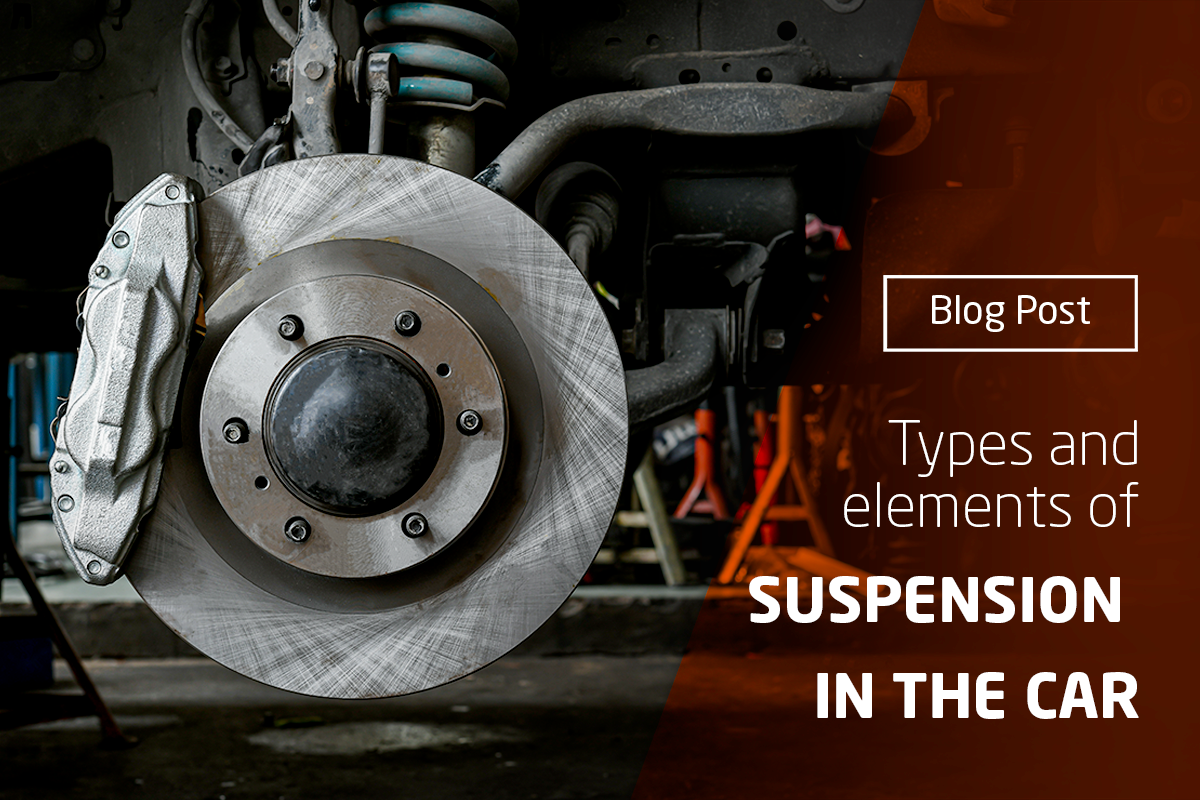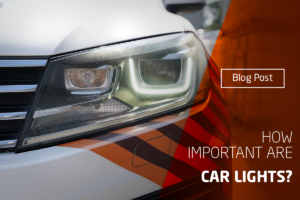The factory suspension in a passenger car or van is designed primarily with the safety and comfort of the driver and passengers in mind. The situation is slightly different in the case of off-road cars because comfort is much less important there than functionality or durability of elements. What are the different types of car suspensions? What is semi-independent suspension? How does hydropneumatic suspension work? What is the difference between a dependent suspension and an independent suspension? How easy is it to check whether car suspension components are in good condition? We answer all these questions in the following article.
How can car suspension components be divided?
Bearing in mind that the individual elements of the suspension system perform their tasks using more components (e.g. for each wheel), it is easy to understand why they are divided as follows:
- wheel guiding elements (e.g. rods or wishbones),
- spring elements (e.g. coil springs or leaf springs),
- damping elements (e.g. shock absorbers) and stabilizing elements (e.g. stabilizers).
The main role of the spring and damping elements is, first of all, to absorb unevenness on the road of the vehicle. It is also worth paying attention to the rigid parts because it is thanks to them that it is possible to maintain the proper geometry of the chassis. An example of this is an element such as a rocker arm in a car. There are many types of wishbones (e.g. diagonal, transverse, longitudinal), but they all perform exactly the same task. They are designed to dampen the vibrations that occur when the tire comes into contact with the road surface. Despite the fact that they can be easily damaged during aggressive or careless driving, it is worth remembering that it is a consumable element. For this reason, it can be relatively cheaply, easily, and quickly repaired in almost any car workshop (also check out car repairs that you will do yourself).

What types of car suspensions are used in passenger cars and trucks?
In modern passenger cars, vans and trucks, one of the following 3 types of suspension are most often found:
- Independent suspension – is most often used in passenger cars, because vibrations are damped independently for each wheel. The greatest advantage of this construction is undoubtedly the extremely high level of driving comfort.
- Dependent suspension is characterized by the fact that the wheels on one axle are rigidly connected to each other. This solution is most often used in off-road cars and trucks because due to its construction it is quite durable and not very failure-prone
How does hydropneumatic suspension work and in which cars can it be found?
Hydropneumatic suspension is undoubtedly one of the most interesting suspension systems because it owes its elasticity to the cushions that are filled with nitrogen. This solution has been implemented only in a few models of mass-produced passenger cars, among which the following cars are worth highlighting:
- Citroen CX, BX, DS, GS, SM, Xantia, C5, C6 and M35,
- Rolls Royce Silver Shadow,
- Maserati Quattroporte II,
- Mercedes W124, W210, 450SEL W116, 500SEL W126.
The hydropneumatic suspension system starts working immediately when the key is in the ignition. As in the case of buses, the vehicle then rises a few centimeters as a result of equalizing the pressure of the hydraulic fluid, which is regulated by means of spheres, manifolds and electronic pumps. As this system consists of a large number of rare components, unfortunately, the repair is extremely expensive and requires knowledge and tools.
How do amateurs and professionals check whether the car’s suspension is in good condition?
Have you ever wondered why most people who are interested in buying a car start their inspection by kicking a tire? Despite its primitiveness and questionable measurement accuracy, this method is a great way to quickly detect potential looseness in the suspension. You can also check whether the suspension works well by pressing the bonnet or the trunk lid. However, this method is more risky than a tire, because with too much force or an incorrectly selected pressure point, the body can be deformed or the paintwork damaged. During a professional diagnosis in the workshop, the car is of course subjected to much more thorough examination and inspection. Professionals are able to better assess the condition of the suspension using a hydraulic jack or diagnostic channel. Most of the elements of this system are located in hard-to-reach places, which can only be checked on the street after removing each wheel.






